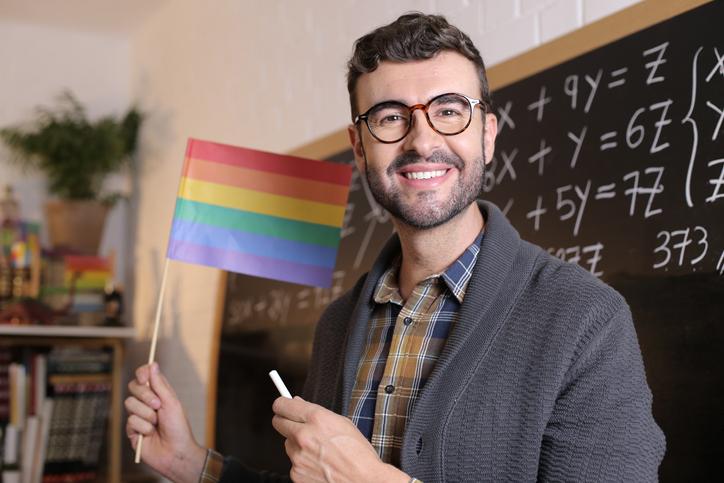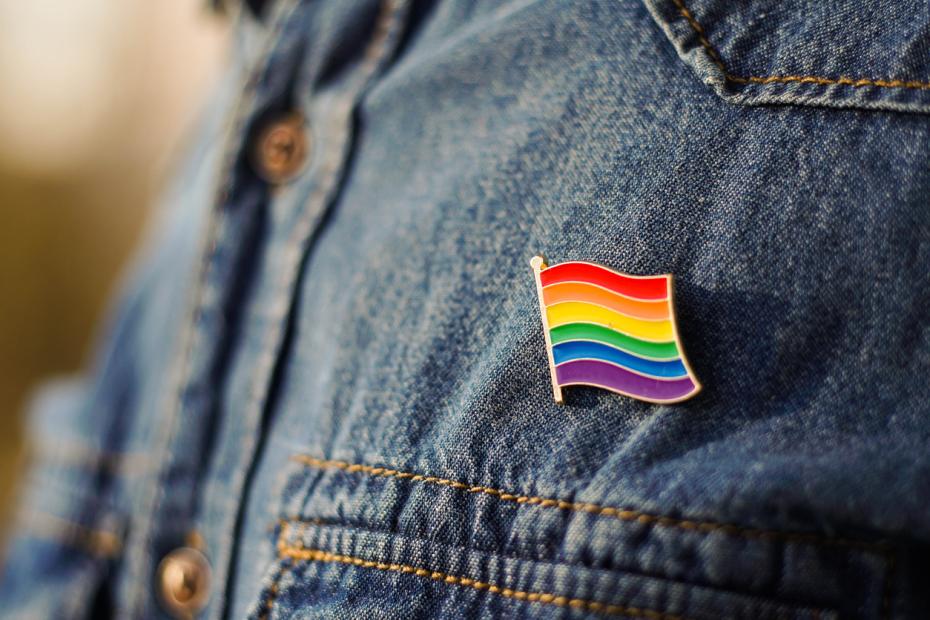
How can we make LGBTQ+ students feel welcome through our teaching?
Practise inclusivity, speak out against harmful behaviour in your classroom and, most importantly, continue to learn, says Chris Pearce

It might feel challenging to identify ways to make your classroom an inclusive environment for LGBTQ+ students. This resource provides a few simple approaches for adapting your teaching practice to be an ally for the LGBTQ+ community and create a safe learning environment for your students.
<������>Set an inclusive tone at the outsetA safe classroom for LGBTQ+ students can be created on day one. At the very outset you should be clear to your students that every one of them is welcome in your class and that their own lived experience is a positive addition to the classroom. This action welcomes not only LGBTQ+ students, it also acknowledges the full breadth of diversity among all of your students. You can then ensure an inclusive environment by asking students to introduce themselves to the class and to provide their pronouns (he/him, she/her, they/them).
Respecting the pronouns that individuals use is essential to creating a safe space – it sends a clear signal that each student in your class is welcome and valued. As the teacher, you should go first, using a serious tone to indicate to the class that the exercise is an important one. Be mindful that some students in your class might be questioning their gender identities, so tell the class at the outset that you will be guided by each student and the pronouns that they use – and encourage them to let you know if they would prefer you to use a different pronoun at any later stage.
- Work ‘with’ not ‘on’: making social research more inclusive for LGBTQ+ people
- What LGBTIQ+ allyship means in academia
- How LGBTQ leaders navigate a predominantly non-LGBTQ world
It’s important to use inclusive and gender-neutral language in your teaching where possible. For example, if a student poses a question asking how a particular person could resolve a certain issue, avoid responding with “He could xxxx” and encourage yourself to say “They could xxxx”.
Likewise, certain disciplines, such as law, involve the use of hypothetical scenarios in their teaching and examination. If that applies to your discipline, then consider whether the scenarios used in your course could be modified slightly. For example, does a married couple always need to be heterosexual, or could they be same-sex? Does every character need to be male or female, or could you include a non-binary character? These kinds of changes might seem trivial, but they will send a clear message to your students that their experience is recognised by their teacher and is valued within their chosen fields of study.
<������>Be an allyWhether you are LGBTQ+ or not, the most fundamental role you can perform in your classroom is to be an ally and speak out against homophobia, biphobia and transphobia. As the teacher, you set the standards of acceptable behaviour in your classroom, so don’t leave it to your LGBTQ+ students to shoulder that burden.
If a student in your classroom uses language that is non-inclusive, then politely correct them and continue. Innocent mistakes like this do not need to be dealt with via confrontation. A subtle way of correcting the student is to repeat their own question or comment back to them. In paraphrasing their comment, you can then alter the language they used to make it more inclusive. Where a student engages in conduct that is deliberately offensive it is important the behaviour does not go unchecked. Be an ally and demonstrate your support to your LGBTQ+ students by immediately stating that your classroom is a safe space for all students and that the kind of language used or such behaviour is unacceptable. What’s crucial, though, is that you don’t shame the individual student. Instead, try to speak to them after class and have an open, non-judgmental discussion. It’s critical that the student has the chance to ask questions, to clarify and to learn.
In many cases people simply do not realise or understand that their behaviour was offensive or likely to offend. You can be an ally both by showing your support for your LGBTQ+ students but also by supporting and encouraging others in your class to become allies themselves – so help them take that first step.
<������>You’re not an expert, but keep learningBe realistic in your expectations of yourself. The LGBTQ+ community is continually evolving, and with that evolution comes increased complexity and nuance. You cannot expect to be an expert on all matters LGBTQ+ overnight, and you should not expect that being an ally is the end goal. Allyship is an ongoing process and, in your teaching, you can continue to be an ally only if you continue to learn.
If you’re asked a question about something concerning LGBTQ+ people and you don’t know the answer, don’t make assumptions. It’s perfectly fine to admit that you don’t know the answer. What is crucial is that you then try to educate yourself and find the answer. But you aren’t in this alone. Seek out other allies in your institution, engage in any LGBTQ+ or ally training that your institution might offer and support your colleagues and your students.
<������>ConclusionEveryone can support their LGBTQ+ students by being an active ally. Practise inclusivity, speak out against harmful behaviour in your classroom and, most importantly, continue to learn. Allyship requires commitment – it is an ongoing action, not a noun.
Chris Pearce is a lecturer in the Faculty of Law and Justice at UNSW Sydney, Australia.
If you found this interesting and want advice and insight from academics and university staff delivered direct to your inbox each week, .


